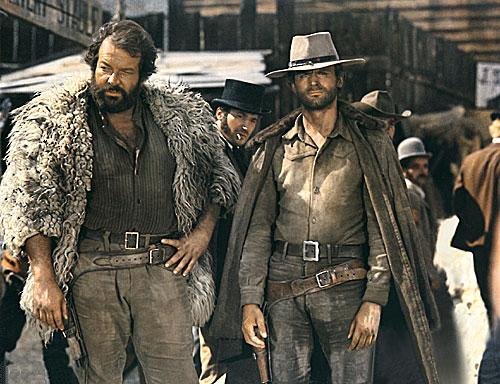
The importance of a good stance cannot be overestimated. It is your stance that lets you move, while at the same time giving stability to your movements. Actually it is the root of all your actions, because you generate force from your stance.
It may seem boring to practice your stance. But if you see how your stance limits some opportunities you will see the need of such practice. And by adding the element of playfulness to your practice you can make it exciting – testing your stance. Actually all your moves can be considered a test of your stance. If you lose your balance and your stability while throwing a punch or a kick, if your stance deteriorates during your steps and turns, you have to go back and practice the stance, being aware of the importance of maintaining the basics.
In the chaotic rush of a fight, a good solid stance will give you confidence as you navigate the situation. If your balance is gone you are not able to think about how to attack, or keep your eyes open and check your opponent’s mistakes. You’ll feel uncomfortable.

The stance is also an important element of your strategy. As you can observe, wrestlers, kick-boxers, thai-boxers and boxers use different stances. This is because they attack in different ways, and also have to defend against different kinds of attacks. But you’ll also notice even two boxers have differences in their respective stances. Why? They prefer to use different weapons. Of course a fighter can change his stance in the fight if he changes his strategy. Close range fighting requires more stability, as the boxers grab more and try to destroy the balance of the opponent, and can also throw harder punches starting from a deeper stance. In a long range fight they need more mobility and they change angles often – these motions require a somewhat higher stance.
The stance can be determined by geographical conditions as well. Those styles of kung fu developed by people who lived in lowlands (for example, Wing Chun) use traditionally higher stances and the highlanders (for example, Hung Gar) prefer the deeper stances, and also use more striking with the fists and arms. Those people who lived in swampy areas – for example the Silat warriors in Indonesia – developed martial arts which use motions delivered from the ground.
Your body is an energy generator. You can experience this in many ways. With good feelings, good thoughts, good words, good posture, good breathing, and good exercises you will generate good energy. With bad actions you lose not only your energy, but also the sensitivity to feel what’s happening within you. Ancient people were more sensitive to this, because they didn’t have as many confusing, bothersome distractions as we have today. We have so much information to contend with (which is usually rubbish) that our senses are under pressure and therefore it’s very hard to see, hear, taste, and be in the present moment. You may ask: what does this have to do with martial arts, and with the theme of a good stance?
You have to know your body. Notice what happens with you from minute to minute, second to second. If you don’t, you can’t react as you should. Your stance is like the wave a surfer rides, and it requires moment to moment adjustments. There is not just one good stance that’s appropriate for all situations. Sometimes the master fighter stands there like lazy cat. And sometimes the scary bad guy, who stands there like an overconfident world champion, gives easy targets for those who can see clearly. So, to find your optimum fighting stance requires some effort and practice.

Practical advice:
Keep your shoulders between the outlines of your feet. Then you’ll have good balance.
Keep the heel of your rear leg a bit higher off the ground. It will give you good mobility, for both offensive and defensive movements.
Bend your knees. Straight knees give an easy target to kick, and it’s hard to move with broken knees. And with the knees bent you’re a bit closer to the ground, you’re more stable, and you can defend better against takedowns.
Concentrate your force in the lower abdomen (the Chinese call it „tan tien”, the Japanese call it „hara”). It will generate more force, and gives firmness to all of your actions.
Keep your elbows in. This allows you to defend your ribs, stomach, and liver – all of these are K.O. points.
Keep your chin down, protecting your jaw from strikes.
Keep your shoulders relaxed. Don’t keep tension in your body. Tension eats your energy, so you can’t react as you should. While you punch you can use your shoulders to protect your chin. But then, shoulders go down.
Keep your hands relaxed, close to your face – you will need to use them to cover your head. But don’t touch your face in your regular base position, because then as the punch comes, you’ll hit yourself with your own hands.
I wish you a good practice!
